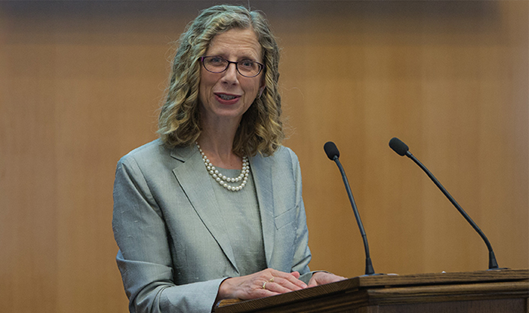
Land reclamation
UNEP found that due to the restoration of ecological systems from 2021 to 2030, most countries have decided to start restoring about 1 billion hectares of land, an area equal to China.
The study notes that by restoring vast areas of ecosystems agricultural land, grasslands and forests nations will be able to make significant strides in combating climate change, land degradation and loss of biodiversity, as well as in achieving sustainable development goals as a whole.
UNEP Director General Inger Andersen said: "If implemented correctly, ecosystem restoration efforts will help prevent a rapid decline in flora and fauna, increase soil fertility and reduce water scarcity".
To date, there are 115 countries that have decided to take control of land restoration in accordance with international environmental conventions, the Paris Climate Agreement and national biodiversity strategies. All these plans aim to prevent land degradation and deforestation.
According to preliminary estimates, between 765 million and 1 billion hectares will be restored. Nearly half of the area to be rehabilitated is in sub-Saharan Africa. Many commitments relate to lands and plantations in Asia and Latin America.
The UN Decade of Ecosystem Restoration is an opportunity to translate existing and new commitments into needed action on the ground. Approximately $1 trillion will be needed to implement these plans by 2030.
According to experts, ecosystem restoration will contribute to economic recovery, creating millions of green jobs. Restoration of terrestrial ecosystems, such as agricultural lands, meadows, forests, wetlands and peatlands will restore their ability to store carbon and reduce greenhouse gas emissions. Moreover, well-functioning natural ecosystems are key to fighting zoonotic infections such as COVID-19.








































